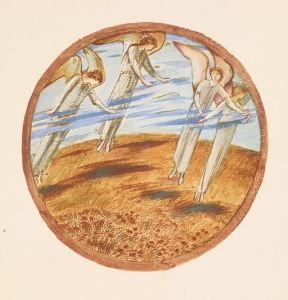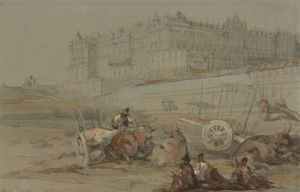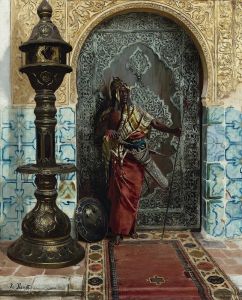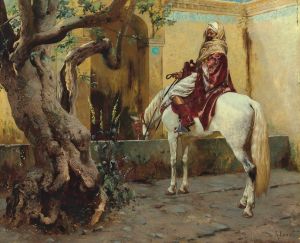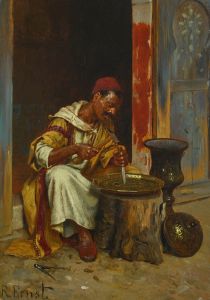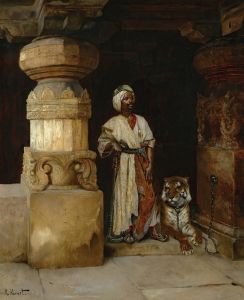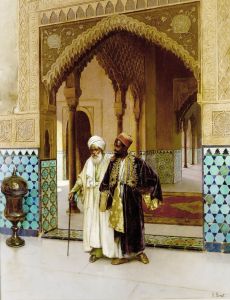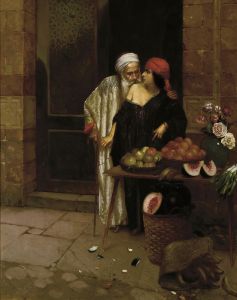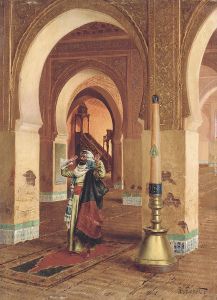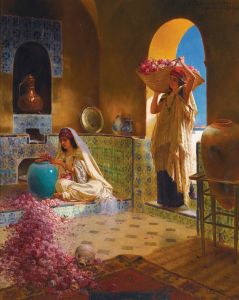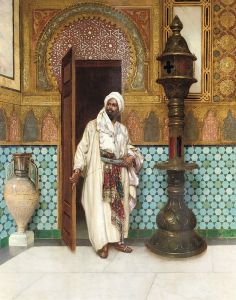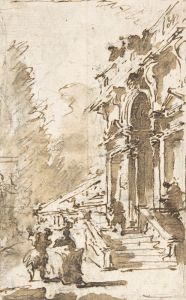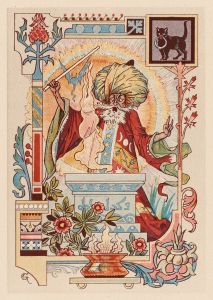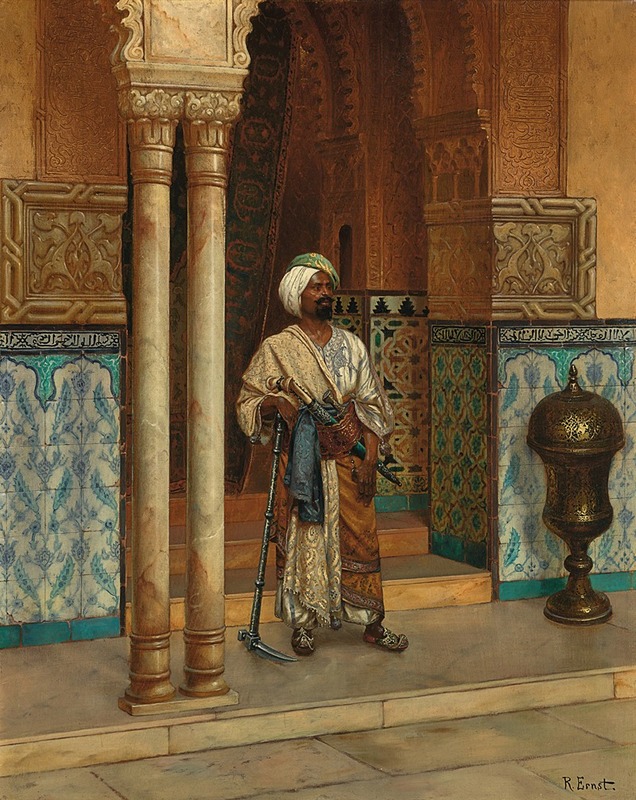
The Palace Guard
A hand-painted replica of Rudolf Ernst’s masterpiece The Palace Guard, meticulously crafted by professional artists to capture the true essence of the original. Each piece is created with museum-quality canvas and rare mineral pigments, carefully painted by experienced artists with delicate brushstrokes and rich, layered colors to perfectly recreate the texture of the original artwork. Unlike machine-printed reproductions, this hand-painted version brings the painting to life, infused with the artist’s emotions and skill in every stroke. Whether for personal collection or home decoration, it instantly elevates the artistic atmosphere of any space.
Rudolf Ernst was an Austrian painter known for his Orientalist works, which often depicted scenes inspired by the cultures and landscapes of the Middle East and North Africa. Born in Vienna in 1854, Ernst was part of a movement of European artists who were fascinated by the exoticism and allure of the Orient, a term used during the 19th century to describe the regions of the Middle East, North Africa, and parts of Asia. His works are characterized by meticulous attention to detail, vibrant colors, and a romanticized portrayal of Eastern life.
"The Palace Guard" is one of Ernst's notable paintings, exemplifying his skill in capturing the intricate details and rich textures that define his Orientalist style. The painting typically features a guard, often depicted in traditional attire, standing vigilantly at the entrance of a palace. This subject matter reflects the Western fascination with the perceived opulence and mystery of Eastern palaces and their inhabitants.
Ernst's technique involved a careful study of the costumes, architecture, and artifacts from the regions he depicted, although it is important to note that many Orientalist artists, including Ernst, often relied on their imagination and Western stereotypes rather than firsthand experience. This approach resulted in works that were more reflective of Western fantasies about the East than accurate representations of the cultures themselves.
In "The Palace Guard," Ernst's use of color and light is particularly striking. The guard's attire is often rendered in vivid hues, with intricate patterns and textures that suggest luxury and authority. The background typically includes architectural elements that hint at the grandeur of the palace, such as ornate doorways, columns, or mosaics. These elements are painted with a high degree of realism, showcasing Ernst's ability to create a sense of depth and space within his compositions.
The painting not only highlights Ernst's technical prowess but also serves as a window into the 19th-century European perspective on the East. Orientalism, as a genre, has been critiqued for its role in perpetuating stereotypes and exoticizing Eastern cultures. However, it also provides insight into the cultural exchanges and perceptions of the time.
Rudolf Ernst's works, including "The Palace Guard," are held in various private collections and museums, appreciated for their artistic merit and historical significance. They continue to be studied for their contribution to the Orientalist movement and their reflection of the complex interplay between Western and Eastern cultures during the 19th century.
While specific details about the creation and provenance of "The Palace Guard" may not be extensively documented, the painting remains a testament to Ernst's enduring legacy as an artist who captured the imagination of his contemporaries with his depictions of a romanticized East.





